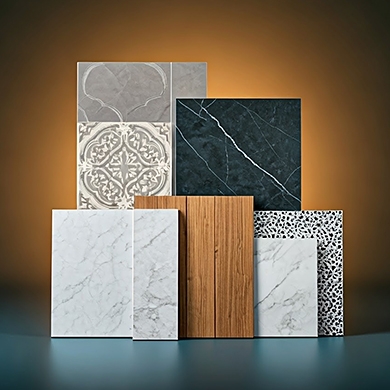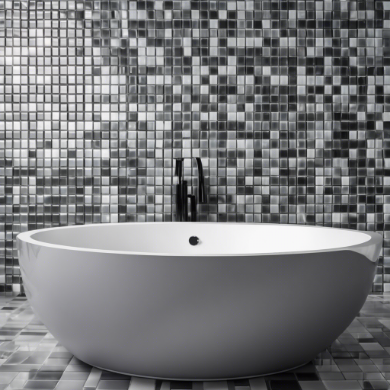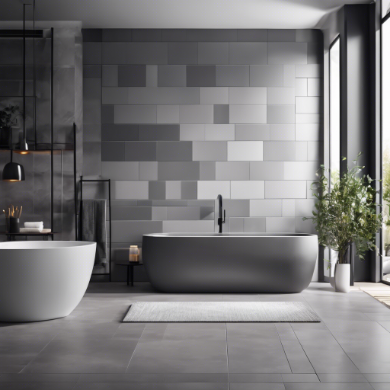Tiles
Everything You Need to Know About Tiles: Durability, Variety & Smart Choices
Tiles are among the toughest and most versatile finishing materials. Resistant to moisture, temperature swings, mechanical wear, and chemical agents, they thrive in high-traffic, high-humidity zones—bathrooms, kitchens, and entryways—and on outdoor terraces and façades.
Tile Types & Where to Use Them
Ceramic Tiles
A go-to for interior walls and floors. Easy to clean, they come in glossy, matte, or textured finishes and suit almost any décor.
Porcelain (Porcelain Stoneware) Tiles
Extremely dense and abrasion-resistant, porcelain tiles handle heavy foot traffic, public spaces, and outdoor installations with ease.
Mosaic Tiles
Perfect for creative accents—showers, bath niches, kitchen backsplashes, or any curved or irregular surface. They let you build bespoke patterns and color effects.
Tiles Mimicking Natural Materials
Wood-look, concrete, marble, or stone grain: enjoy the authentic appearance of natural surfaces combined with the practical advantages of ceramic.
Key Selection Criteria
- PEI Rating (Wear Resistance): For kitchen floors or hallways, choose at least PEI III; for commercial zones, PEI IV–V
- Slip Resistance (R Rating): Wet areas—showers, pool decks, or outdoor steps—demand tiles rated R10 or higher.
- Water Absorption: Outdoor applications and very damp rooms require tiles with absorption below 0.5%.
- Format & Thickness: Large-format tiles expand a room visually but need a perfectly level substrate. Floor tiles should be ≥ 10 mm thick; wall tiles can be slimmer.
Practical Tips for Choice & Installation
- Order 5–10% extra to account for cutting, breakage, and future repairs; up to 15% for mosaics or intricate layouts.
- Think long-term: will you be able to source matching tiles in 3–5 years if needed?
- Light colors visually enlarge spaces; dark tones add depth and coziness.
- Contrasting grout highlights tile shapes; neutral grout blends them into a seamless field.
- Underfloor heating? Modern systems work beautifully with ceramic and porcelain tiles alike.
Whenever you feel uncertain, just ask—we’ll recommend the perfect tile solution for your style, color palette, and budget.
Frequently Asked Questions
How do I calculate how many tiles I need?
Measure the total surface area and add a 5–10% overage; for mosaics or complex designs, go up to 15%.
Can I install new tiles over an existing floor?
Sometimes, only if the old covering is stable, sound, and free of delamination. Always use the correct adhesive.
Which tiles suit underfloor heating?
Both ceramic and porcelain tiles work—just be sure to use a tile adhesive formulated for heated floors.
Glossy or matte finish?
Glossy tiles reflect light and make rooms feel larger, but can be slippery when wet. Matte tiles are safer and easier to care for.
Which grout should I choose?
- Epoxy grout: Waterproof and ultra-durable—great for showers and kitchens.
- Cement grout: A budget-friendly choice, but may require sealing.
Installation & Maintenance Tips
- Level substrate: Even slight unevenness will affect both appearance and longevity.
- Start from the center: with patterned tiles, this avoids awkward cuts at the edges.
- Use spacers or leveling systems for consistent grout joints.
- Gentle cleaning: use a soft sponge, warm water, and a pH-neutral cleaner—no harsh abrasives or acids.
- Refresh grout: Over time, grout can fade or stain; you can renew it with specialized grout paint or fully regrout.
Need Help Choosing Tiles?
Our experts will help you find the perfect solution based on your style, color palette, and budget.
Contact us today to select the ideal tiles that will fit seamlessly into your interior!










